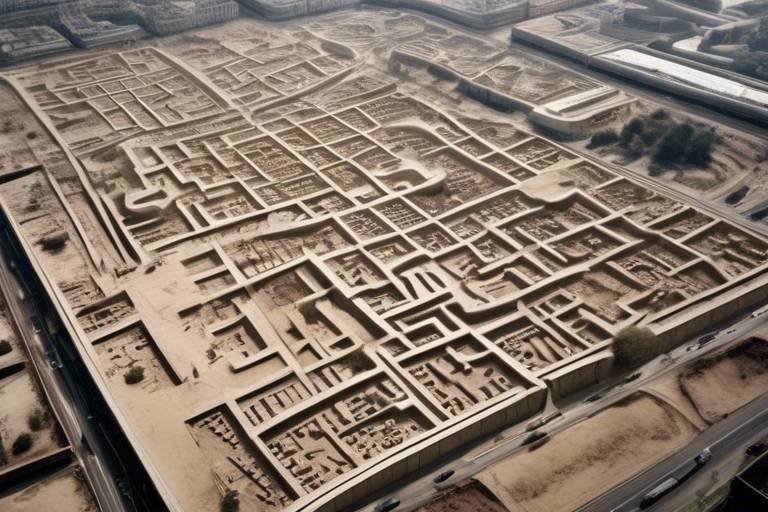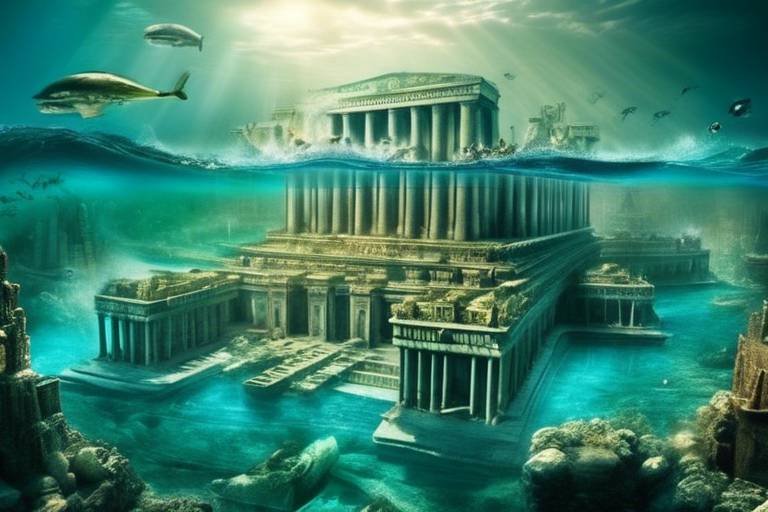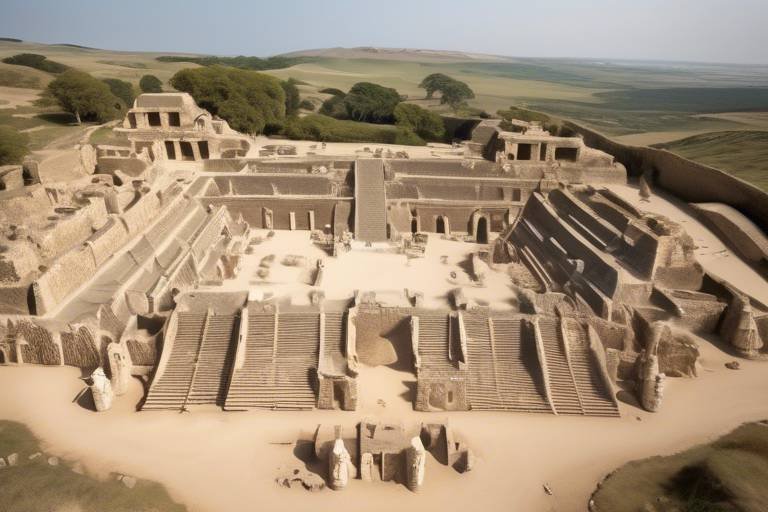Exploring the Archaeology of the Mediterranean Basin
The Mediterranean Basin is a treasure trove of archaeological wonders, offering a glimpse into the rich tapestry of history woven by ancient civilizations. From the mighty Egyptians to the innovative Greeks, the formidable Romans to the seafaring Phoenicians, this region has witnessed the rise and fall of empires, leaving behind a legacy of art, culture, and technology that continues to captivate us today.
One of the most intriguing aspects of Mediterranean archaeology is the exploration of underwater realms, where sunken ships, submerged ports, and lost cities hold secrets waiting to be revealed. These submerged treasures not only shed light on maritime history and trade routes but also offer a unique perspective on how ancient civilizations interacted with the sea.
Excavation sites scattered across the Mediterranean Basin serve as windows into the past, allowing us to walk in the footsteps of our ancestors. Places like Pompeii, Troy, Knossos, and Carthage have yielded well-preserved ruins and artifacts that paint a vivid picture of ancient societies, their customs, and daily life.
The artifacts and treasures unearthed in this region are nothing short of mesmerizing. From intricate mosaics and imposing statues to delicate pottery and exquisite jewelry, each piece tells a story of bygone eras, offering valuable insights into the beliefs, traditions, and craftsmanship of ancient civilizations.
The Mediterranean Basin has long been a crossroads of cultural exchange and trade, where different peoples and ideas mingled, giving rise to a vibrant tapestry of diversity. Goods, technologies, and ideologies flowed freely across borders, shaping the development of societies and fostering a spirit of collaboration and innovation.
Archaeological techniques play a crucial role in unraveling the mysteries of the past. Through remote sensing, geophysical surveys, stratigraphy, and carbon dating, researchers can piece together the puzzle of ancient remains, reconstructing lost worlds and deciphering the stories etched in stone and soil.
However, the preservation of archaeological sites and artifacts in the Mediterranean region faces numerous challenges. Climate change, urban development, and the threat of looting pose significant risks to our shared heritage, underscoring the importance of conservation efforts and heritage protection to safeguard these treasures for future generations.
Looking ahead, the future of Mediterranean archaeology holds promise and excitement. Interdisciplinary research, digital technologies, and community engagement are shaping the way we explore the past, opening new avenues of discovery and innovation as we continue our quest to unlock the secrets of ancient civilizations.
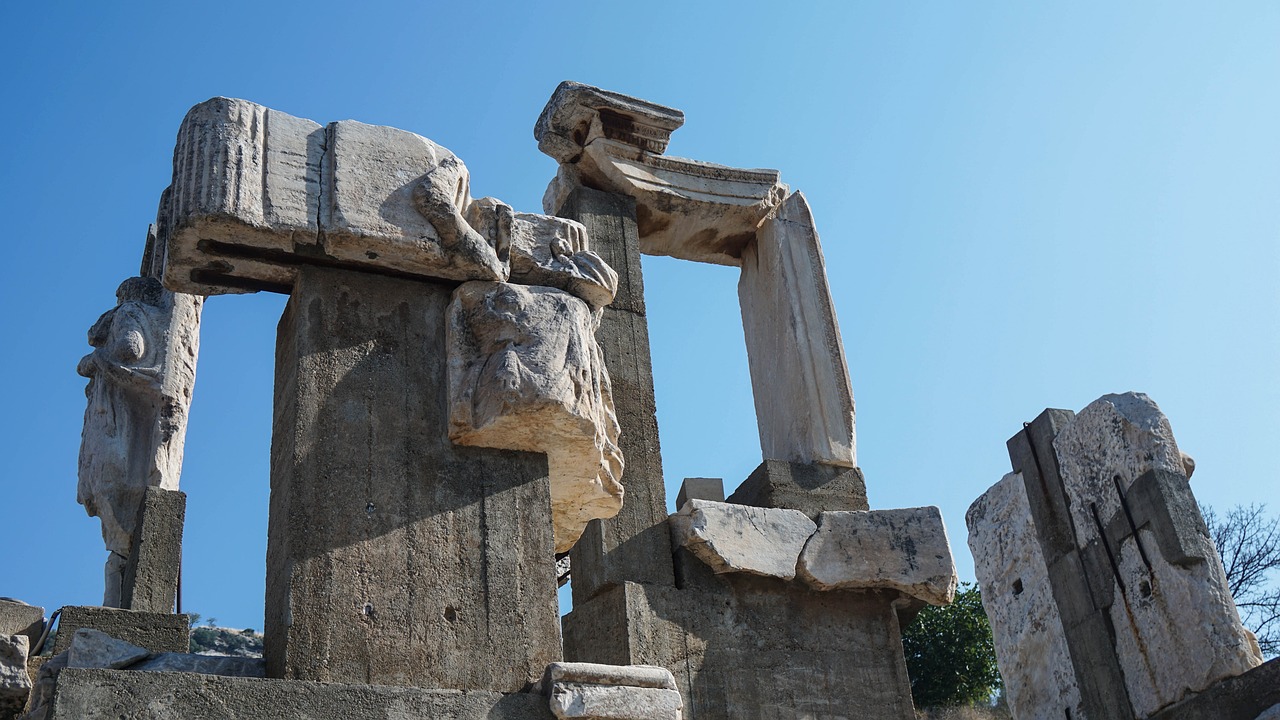
Ancient Civilizations
Ancient civilizations in the Mediterranean Basin hold a wealth of history and intrigue, each leaving a unique mark on the region. From the majestic pyramids of Egypt to the philosophical legacy of the Greeks, these civilizations have shaped the course of human development. The Egyptians, known for their monumental architecture and intricate hieroglyphics, set the stage for advanced engineering and artistic expression. Meanwhile, the Greeks introduced democracy, philosophy, and theater, influencing Western thought for centuries to come. The Romans, with their vast empire and engineering prowess, left behind impressive structures like the Colosseum and aqueducts, showcasing their organizational skills. The Phoenicians, masters of seafaring and trade, established prosperous city-states and spread their influence across the Mediterranean.

Underwater Archaeology
Underwater archaeology in the Mediterranean Basin is a captivating field that unveils the secrets hidden beneath the sea's surface. Exploring sunken ships, submerged ports, and ancient underwater cities, researchers discover a trove of treasures that provide valuable insights into the region's maritime history and trade routes. The underwater landscape of the Mediterranean is a time capsule, preserving remnants of ancient civilizations and offering a unique perspective on the past.
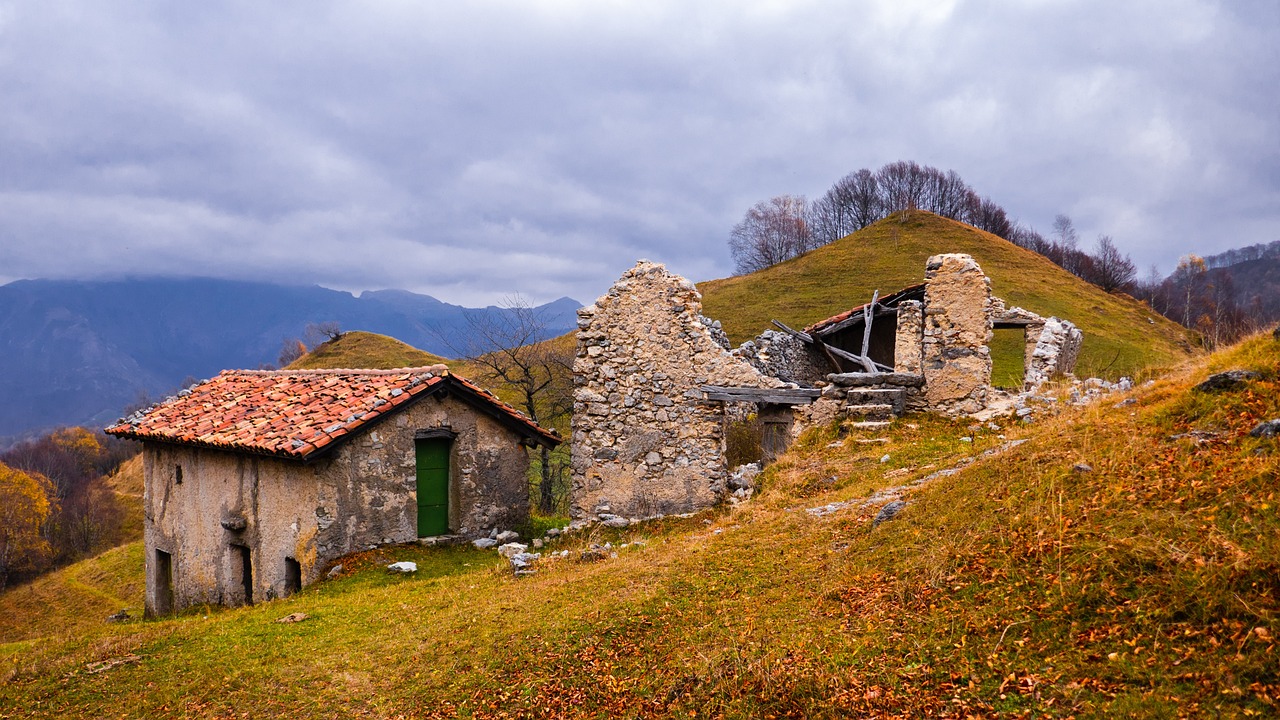
Excavation Sites
Excavation sites in the Mediterranean Basin hold a wealth of historical significance, offering a glimpse into the lives of ancient civilizations. One of the most renowned sites is Pompeii, the Roman city frozen in time by the eruption of Mount Vesuvius in 79 AD. The meticulous preservation of buildings, frescoes, and everyday objects provides a detailed snapshot of Roman life.
Another notable excavation site is Troy, the legendary city immortalized in Homer's epic poems. Archaeological digs have uncovered multiple layers of the city, revealing a complex urban center that thrived for centuries. These excavations have shed light on the Trojan War and the interactions between the Greeks and Trojans.
Knossos, located on the island of Crete, is a significant Minoan site that showcases advanced architecture and sophisticated artwork. The palace complex at Knossos offers insights into the political and religious practices of the Minoan civilization, known for its intricate frescoes and labyrinthine layout.
Carthage, a powerful Phoenician city-state in North Africa, boasts extensive archaeological remains that reflect its maritime prowess and cultural exchanges with other Mediterranean societies. Excavations at Carthage have uncovered temples, harbors, and residential areas, illuminating the city's strategic importance in ancient trade networks.

Artifacts and Treasures
When delving into the rich archaeological history of the Mediterranean region, one cannot overlook the plethora of that have been unearthed over the years. These remarkable discoveries offer a glimpse into the daily lives, beliefs, and customs of ancient civilizations that once thrived in this diverse and vibrant area.
Among the most fascinating artifacts found in the Mediterranean Basin are intricate mosaics that adorn the floors of ancient villas and public buildings. These colorful and detailed works of art not only showcase the artistic skills of the craftsmen but also provide insights into the aesthetic preferences and cultural themes of the time.
Statues sculpted from marble or bronze stand as silent witnesses to the past, capturing the likeness of rulers, gods, and mythical figures. These statues not only serve as artistic expressions but also as symbols of power, religious beliefs, and social hierarchy within ancient societies.
Exploring ancient tombs and burial sites in the Mediterranean often reveals a treasure trove of pottery and jewelry that offer valuable clues about burial practices, rituals, and personal adornment. The intricate designs and craftsmanship displayed in these artifacts reflect the skill and creativity of ancient artisans.
One cannot discuss the artifacts of the Mediterranean without mentioning the exquisite metalwork that has been discovered, including intricately designed weapons, tools, and ornaments. These metal artifacts not only showcase the technological advancements of the time but also shed light on the military, economic, and social aspects of ancient societies.
Through the study of these artifacts and treasures, archaeologists and historians are able to piece together the puzzle of the past, unraveling the mysteries of ancient civilizations and gaining a deeper understanding of the cultural heritage that has shaped the Mediterranean region.

Cultural Exchange and Trade
Cultural exchange and trade played a pivotal role in shaping the vibrant tapestry of civilizations that flourished around the Mediterranean Basin. Imagine bustling marketplaces filled with merchants from distant lands, exchanging goods, ideas, and technologies that would influence the course of history. The Mediterranean Sea acted as a bustling highway connecting diverse cultures, facilitating the flow of commodities such as spices, silk, precious metals, and exotic goods. This exchange not only fueled economic prosperity but also fostered cross-cultural interactions, leading to the diffusion of art, architecture, language, and religious beliefs.
One of the most iconic examples of cultural exchange and trade in the Mediterranean region is the ancient city of Carthage. Situated in present-day Tunisia, Carthage was a powerful Phoenician trading hub known for its maritime prowess and commercial acumen. The city served as a melting pot of cultures, where Phoenician, Roman, Greek, and African influences converged, creating a unique blend of traditions and practices.
Moreover, the Silk Road, an extensive network of trade routes connecting the East and West, passed through the Mediterranean Basin, facilitating the exchange of silk, spices, ceramics, and other luxury goods between China, India, the Middle East, and Europe. This interconnected web of trade routes not only stimulated economic growth but also fostered cultural diffusion, as merchants, scholars, and travelers traversed vast distances, sharing knowledge, customs, and innovations.
Archaeological evidence of this vibrant exchange can be found in the discovery of ancient shipwrecks laden with cargoes of amphorae, pottery, and precious artifacts, attesting to the bustling maritime trade that once thrived in the Mediterranean. The remains of bustling ports like Ostia Antica in Italy and Ephesus in Turkey stand as testaments to the cosmopolitan nature of these ancient trading hubs, where merchants from different lands converged to barter goods and forge lasting connections.
Through the lens of cultural exchange and trade, we gain a deeper appreciation of the interconnectedness of ancient societies and the enduring impact of cross-cultural interactions on shaping the rich tapestry of civilizations that once flourished around the Mediterranean Basin.
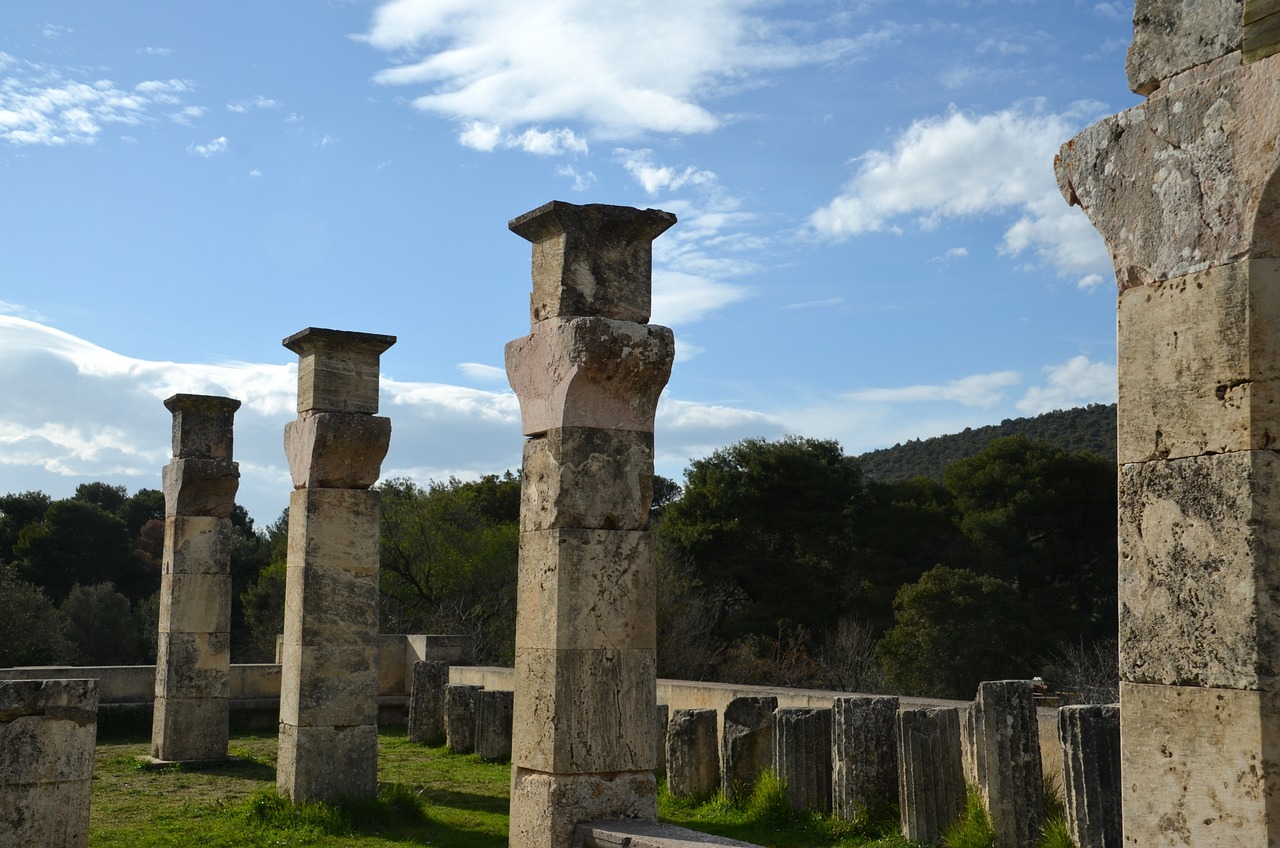
Archaeological Techniques
Topics related to the rich archaeological history of the Mediterranean region, including ancient civilizations, artifacts, excavation sites, and the significance of these discoveries in understanding the past.
Discover the diverse ancient civilizations that thrived in the Mediterranean Basin, such as the Egyptians, Greeks, Romans, and Phoenicians, and their contributions to art, culture, and technology.
Explore the fascinating field of underwater archaeology in the Mediterranean, where sunken ships, ports, and ancient cities reveal hidden treasures and provide insights into maritime history and trade routes.
Learn about prominent excavation sites across the Mediterranean Basin, including Pompeii, Troy, Knossos, and Carthage, where archaeologists have uncovered well-preserved ruins and artifacts shedding light on ancient societies.
Examine the remarkable artifacts and treasures unearthed in the Mediterranean region, such as intricate mosaics, statues, pottery, and jewelry, which offer valuable clues about daily life, beliefs, and customs of the past.
Investigate the role of the Mediterranean Basin as a hub for cultural exchange and trade between civilizations, where goods, ideas, and technologies were shared, influencing the development of societies across the region.
Delve into the various archaeological techniques used in the Mediterranean Basin, from remote sensing and geophysical surveys to stratigraphy and carbon dating, which help researchers uncover and analyze ancient remains.
Explore the challenges of conserving and preserving archaeological sites and artifacts in the Mediterranean region, including threats from climate change, urban development, looting, and the importance of heritage protection.
Consider the future directions of Mediterranean archaeology, including interdisciplinary research, digital technologies, community engagement, and the ongoing quest to unravel the mysteries of the past for future generations.
Stay tuned for the Frequently Asked Questions section!
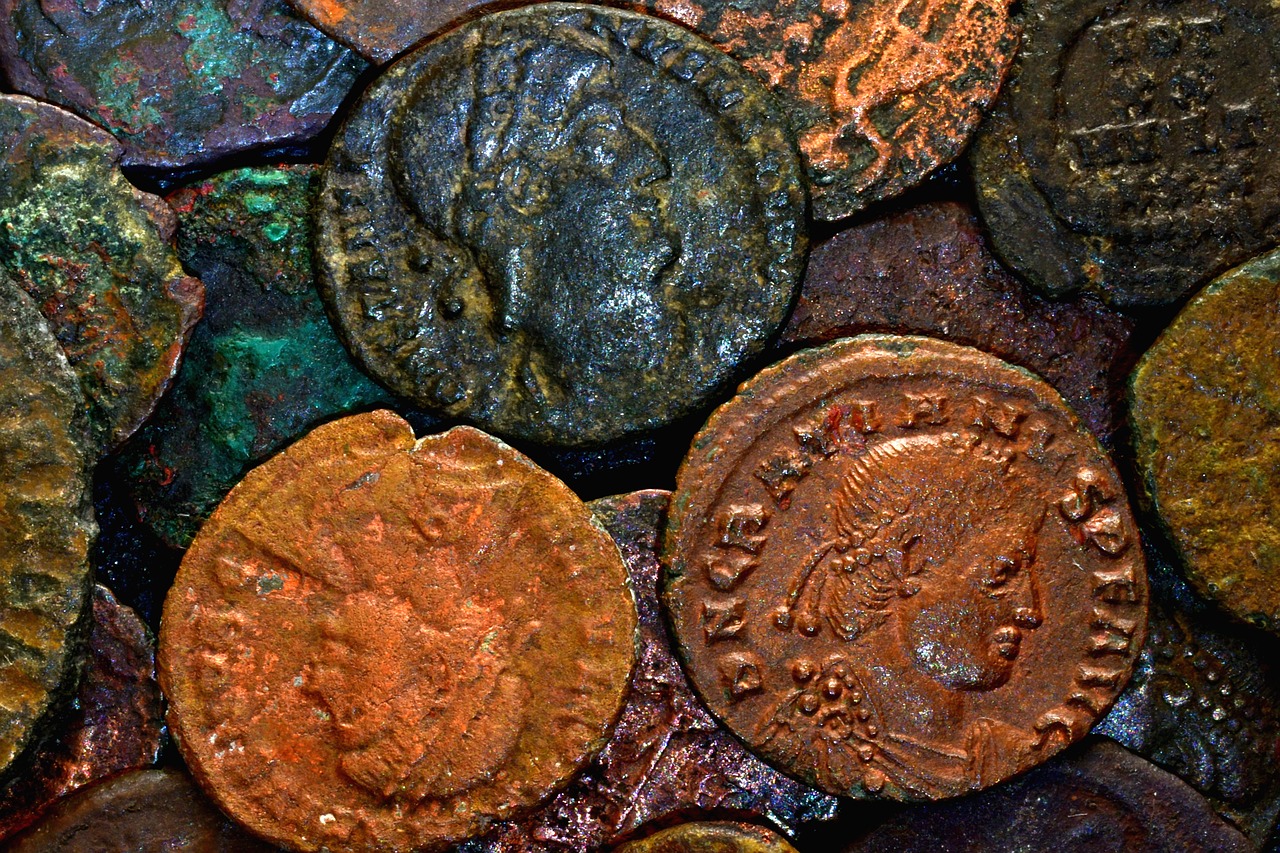
Conservation and Preservation
Conservation and preservation play a crucial role in safeguarding the rich archaeological heritage of the Mediterranean region. As ancient sites and artifacts are exposed to environmental factors and human activities, ensuring their longevity becomes a pressing concern. Archaeologists and conservationists face various challenges in protecting these treasures for future generations.
One of the primary threats to archaeological sites in the Mediterranean is climate change. Rising sea levels, extreme weather events, and temperature fluctuations can accelerate the deterioration of fragile structures and artifacts. Additionally, urban development encroaches upon historical areas, leading to the destruction of valuable remains. Balancing the need for modernization with the preservation of the past is a delicate task.
Looting poses another significant risk to the integrity of archaeological sites. Illicit digging and trafficking of artifacts not only rob these locations of their historical context but also contribute to the loss of valuable cultural heritage. Implementing measures to combat looting, such as increased surveillance and community involvement, is essential to protect the authenticity of archaeological finds.
Heritage protection laws and regulations play a vital role in safeguarding archaeological sites and artifacts in the Mediterranean. By establishing legal frameworks that govern excavation, conservation, and display practices, authorities aim to prevent the illicit trade of cultural property and ensure responsible stewardship of historical resources. Collaboration between governments, archaeologists, and local communities is key to effective heritage preservation.
Conservation efforts involve a combination of preventive measures and active interventions to maintain the integrity of archaeological sites. Techniques such as site monitoring, structural stabilization, and artifact restoration help mitigate the effects of environmental degradation and human impact. By employing best practices in conservation, researchers strive to preserve the authenticity and significance of the Mediterranean's archaeological heritage.
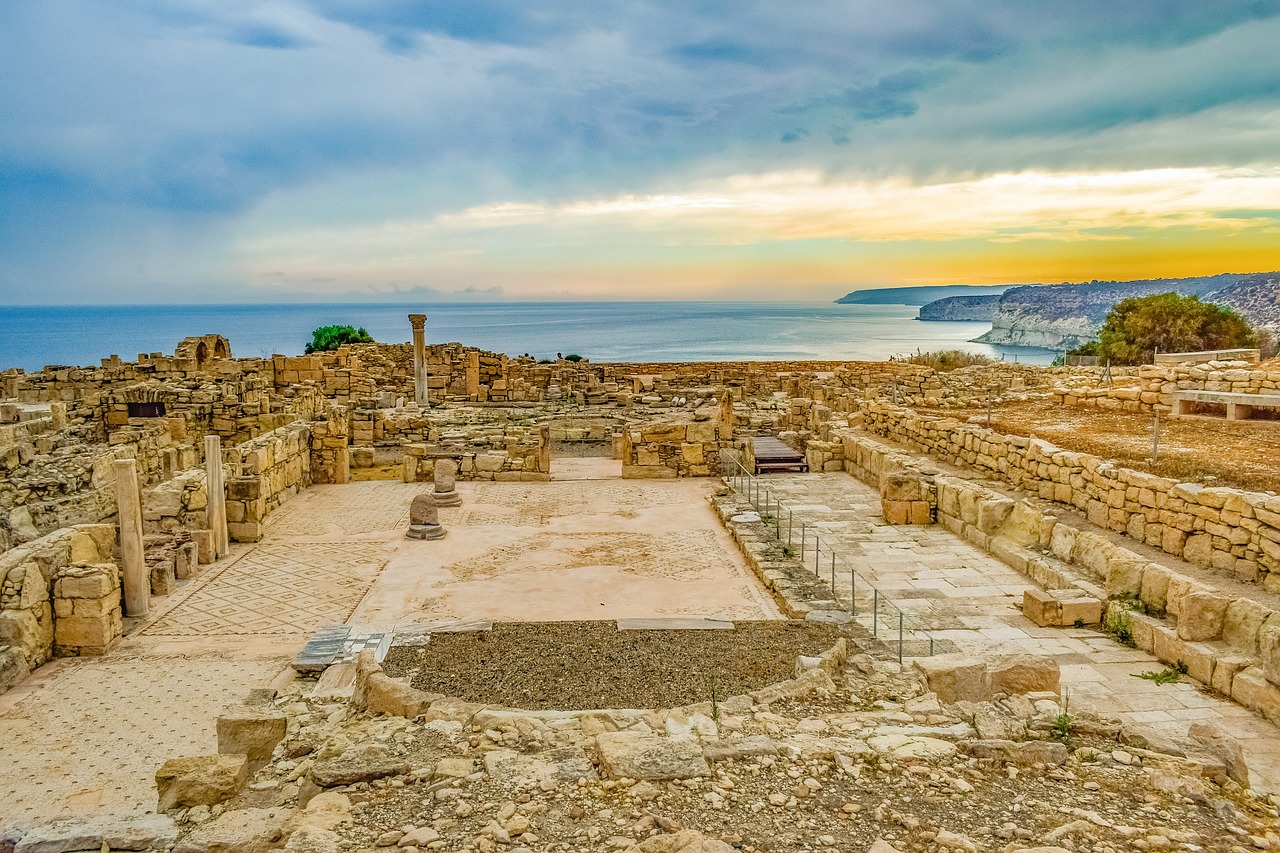
Future of Mediterranean Archaeology
The future of Mediterranean archaeology holds a world of possibilities, where the past meets the present in a dynamic exploration of history. As technology continues to advance at a rapid pace, archaeologists are embracing digital tools and innovative methodologies to uncover new insights into ancient civilizations. Interdisciplinary research, combining fields such as archaeology, geology, and biology, is shaping the future of archaeological studies in the Mediterranean Basin.
One key aspect of the future of Mediterranean archaeology is community engagement. By involving local communities in excavation projects and heritage preservation efforts, archaeologists are fostering a sense of ownership and pride in the rich cultural heritage of the region. This collaborative approach not only enhances research outcomes but also ensures the sustainable protection of archaeological sites for future generations.
Digital technologies are revolutionizing the way archaeologists document, analyze, and interpret ancient remains. 3D modeling, virtual reality, and GIS mapping are enabling researchers to reconstruct ancient landscapes and artifacts with unprecedented accuracy and detail. These technological advancements are opening up new avenues for studying the past and presenting archaeological discoveries to a global audience.
As we look ahead, the future of Mediterranean archaeology also involves addressing the challenges of heritage conservation and preservation. Climate change, urban development, and looting pose significant threats to archaeological sites and artifacts in the region. Implementing effective conservation strategies, leveraging international collaborations, and raising awareness about the importance of heritage protection are essential for safeguarding the cultural legacy of the Mediterranean Basin.
In conclusion, the future of Mediterranean archaeology is a vibrant tapestry of innovation, collaboration, and discovery. By embracing cutting-edge technologies, engaging with local communities, and prioritizing conservation efforts, archaeologists are poised to unravel the mysteries of the past and preserve the cultural heritage of the Mediterranean for generations to come.
Frequently Asked Questions
- What is the significance of the Mediterranean Basin in archaeology?
The Mediterranean Basin holds immense archaeological importance due to its rich history of ancient civilizations, diverse cultures, and extensive trade networks. It served as a crossroads for various civilizations, leading to the exchange of ideas, technologies, and goods that influenced the development of societies in the region.
- How are artifacts and treasures preserved in the Mediterranean region?
Artifacts and treasures in the Mediterranean region are preserved through meticulous conservation efforts that involve monitoring environmental conditions, implementing restoration techniques, and safeguarding sites from looting and urban development. Conservationists work tirelessly to ensure these valuable pieces of history are protected for future generations.
- What are some of the key excavation sites in the Mediterranean Basin?
Prominent excavation sites in the Mediterranean Basin include Pompeii, Troy, Knossos, and Carthage, where archaeologists have unearthed well-preserved ruins and artifacts that offer insights into the daily lives, customs, and beliefs of ancient societies. These sites continue to reveal new discoveries that enhance our understanding of the past.
- How do archaeological techniques contribute to research in the Mediterranean region?
Archaeological techniques such as remote sensing, geophysical surveys, stratigraphy, and carbon dating play a crucial role in uncovering and analyzing ancient remains in the Mediterranean region. These methods help researchers piece together the puzzle of the past, providing valuable information about past civilizations and their interactions.
- What does the future hold for Mediterranean archaeology?
The future of Mediterranean archaeology is marked by interdisciplinary research, advancements in digital technologies, community engagement, and a continued dedication to unraveling the mysteries of the past. By leveraging innovative approaches and collaborative efforts, archaeologists aim to shed light on untold stories and preserve cultural heritage for future generations.



